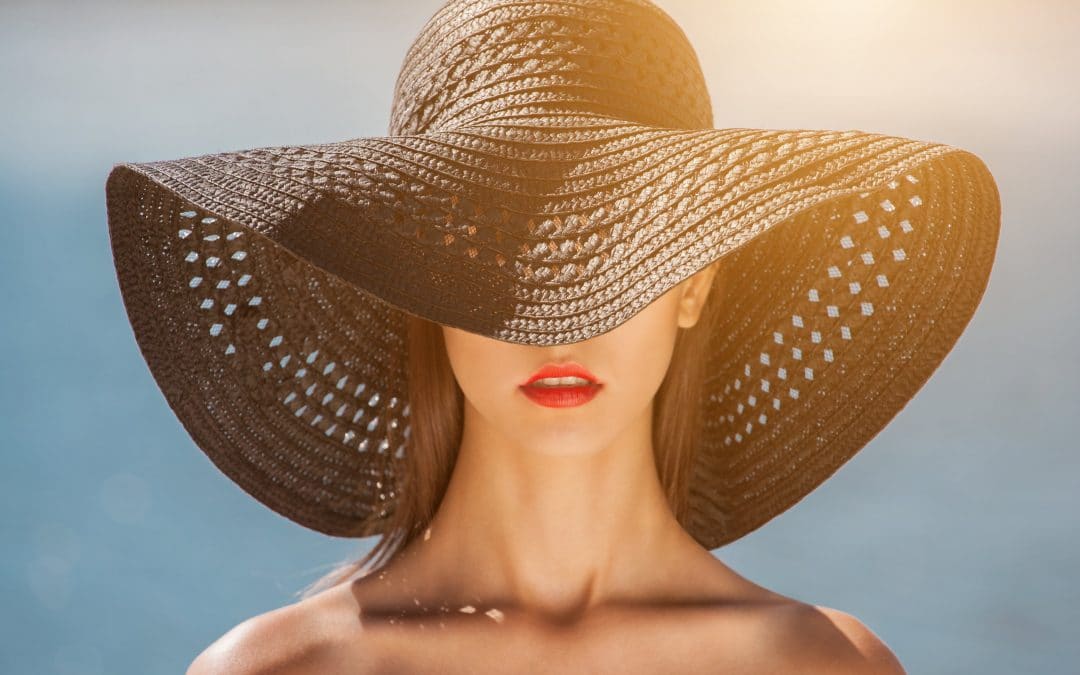Ahhh, the August time of year. Warm temperatures, long days, and now the opportunity to socialize more. Whether barbequing, biking, golfing or just chillin’ outdoors, the sun feels good on our skin and is a great mental boost. But the sun is not great for your skin and can lead to sun damage.
Read on for some of my summer myth busting.
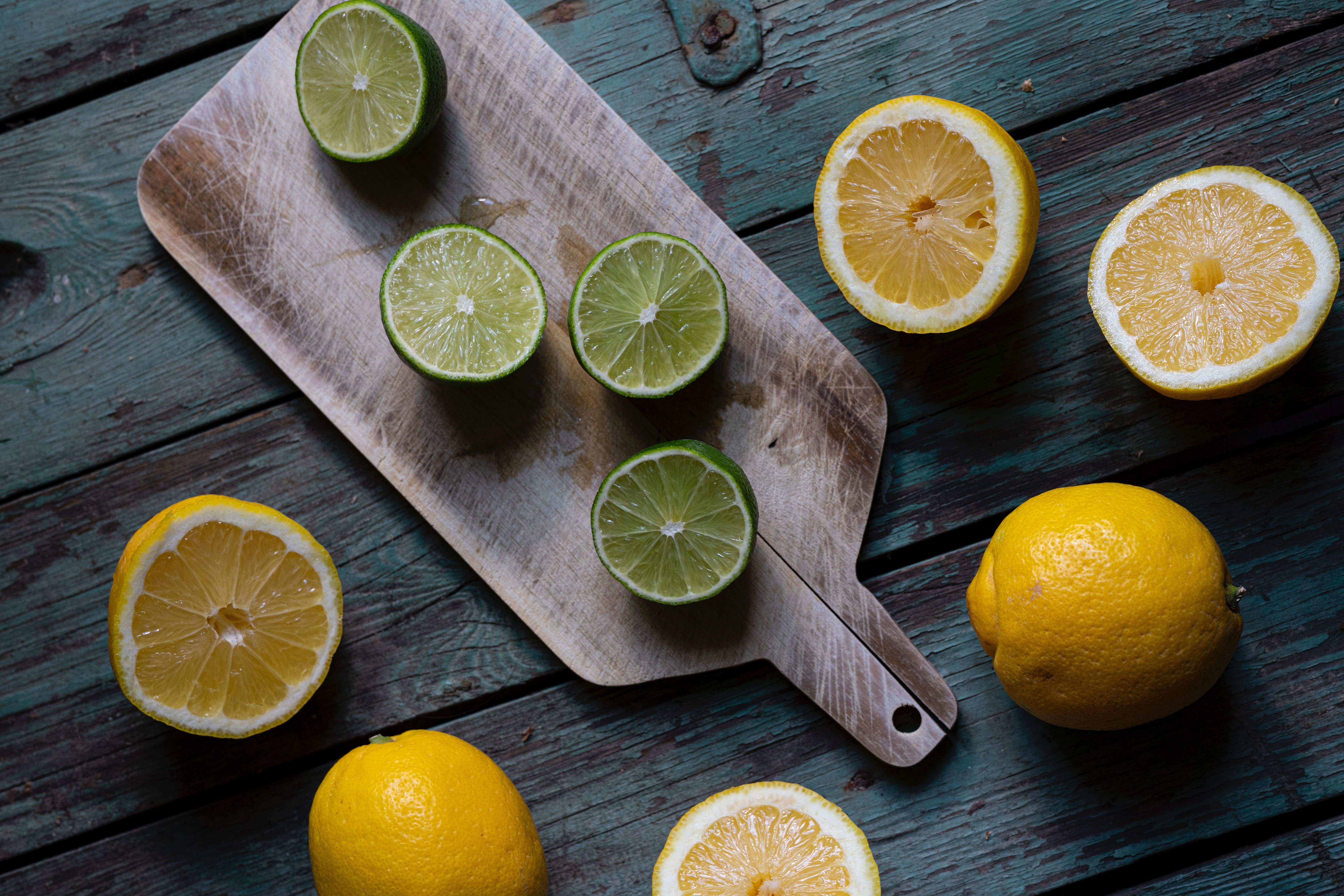
Myth: Squeezing lemon or lime juice on your hair is a safe way to create natural highlights
Fact: Although it is natural, it is not safe. Limes and lemons contain psoralen which is activated by UV rays from the sun. This photoactivation causes blisters to form where the juice splatters on the skin as the lime or lemon is squeezed onto your hair (or into a drink or on a salad) while you are in sunlight outdoors. The rash and blisters appear a day or two after photoactivation, and create bizarre streaks frequently on the top of your hands and forearms. Hyperpigmentation develops as a result, and takes months to resolve.
Myth: Sun exposure will dry up your acne
Fact: Sun exposure will evaporate water out of your skin, making it feel drier. However, this will also increase sebum: the oil produced by your sebaceous glands. This can result in more blackheads and whiteheads. In addition, the sun damages your collagen which makes acne scars worse (and which leads to accelerated aging of your skin).
Bottom line: tanning is bad for your skin (including tanning from tanning beds)
Myth: A base tan from a tanning salon will prevent a sunburn outdoors
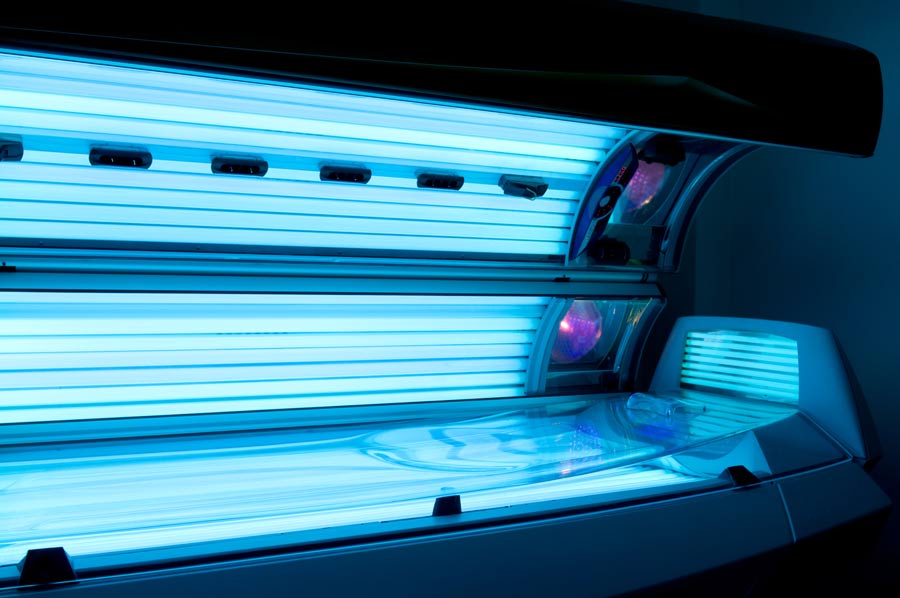
Fact: No! A base tan is not a substitute for good sun protection. Remember a tan = damage from ultraviolet (UV) radiation. Repeated exposure to UV rays – whether from a tanning bed or from outdoors – increases your risk of premature skin aging and skin cancer.
Myth: It is best to get your Vitamin D from the sun
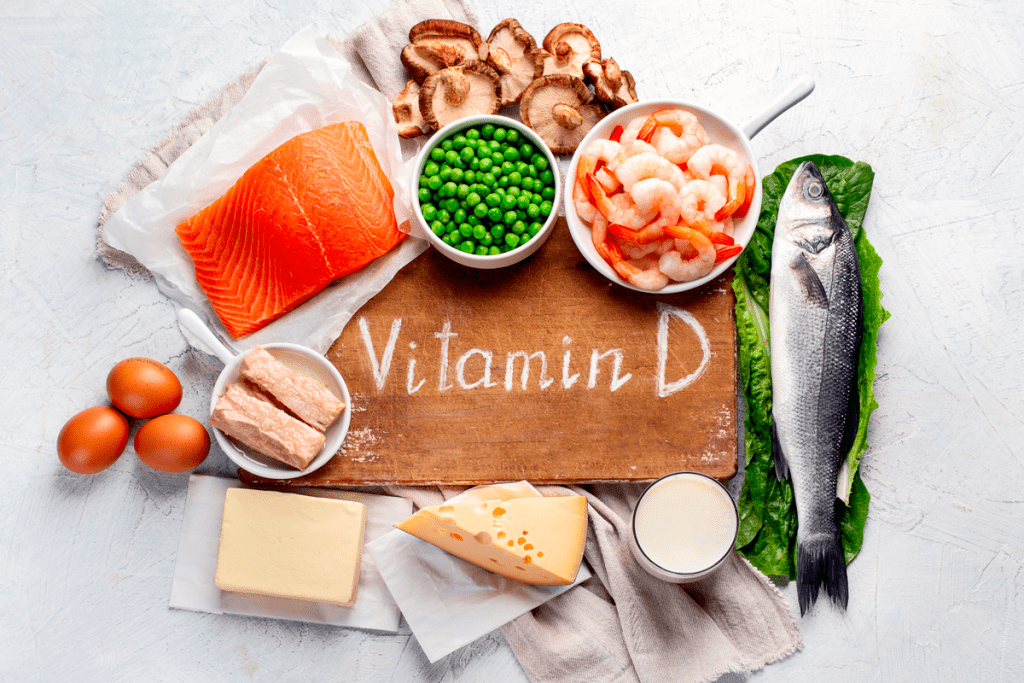
Fact: Absolutely not! One of the biggest challenges dermatologists and the world of skin cancer prevention has faced is the misinformation about Vitamin D metabolism. Sorry Dr. Oz: you do not need to get a certain number of minutes of sun exposure every day in order to produce enough Vitamin D to be healthy. The majority of us get our Vitamin D from Vitamin D fortified food (think milk, yogurt, cereal, some orange juice), or from nutritional supplements. Heck, even our grandmothers knew to give their kids cod liver oil (good source of Vitamin D).
Sunless tanning (aka how to fake a golden glow)
Want that glowing skin without the harmful UV rays? Consider a self-tanner. These products contain dihydroxyacetone (DHA), which is a simple sugar. DHA combines with the dead cells in the stratum corneum (the outermost layer of your skin) to temporarily darken the skin. This is a temporary effect, and these products do not contain sunscreen. Furthermore, the fake tan does not provide protection against the sun or sunburn.
How to treat a sunburn
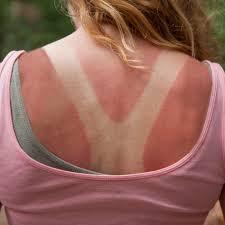
Ok, we all make mistakes. Even me. I used baby oil and iodine when I was 16 years old (a neighbour guaranteed it would give me a “good tan”) 🙅 and developed a second degree burn. Yikes!
To soothe and heal your stinging sunburned skin, start treatment ASAP.
- Get out of the sun, and head indoors.
- Take frequent cool baths (adding oatmeal or milk is very soothing)
- Apply fragrance free aloe gel (feels even better if you keep it in the refrigerator)
- Moisturize frequently. Apply moisturizer to damp skin to lock in hydration and ease the dryness or peeling.
- Avoid all products ending with “caine” (eg. benzocaine). These frequently cause irritation or even an allergic reaction
- Take aspirin (ASA) or ibuprofen in the first 24 hours. (You should take with food to avoid GI upset.) These anti-inflammatories help reduce redness, discomfort and swelling
- Drink extra water. A sunburn pulls water to the surface of the skin, and away from the rest of your body. Drinking extra water will help prevent dehydration when you are sunburned.
- If you develop blisters, leave them alone. Do not pop the blisters: they are nature’s bandage, and help protect you from infection.
- Avoid further sun exposure while your sunburn heals. The healing skin is extremely sensitive to the sun. Try to stay indoors, and wear protective clothing when you are outside.
We know skin!
The team at O’Neill Cosmetic Dermatology look forward to helping you with all your skin care needs. Contact us today for a free consultation!

